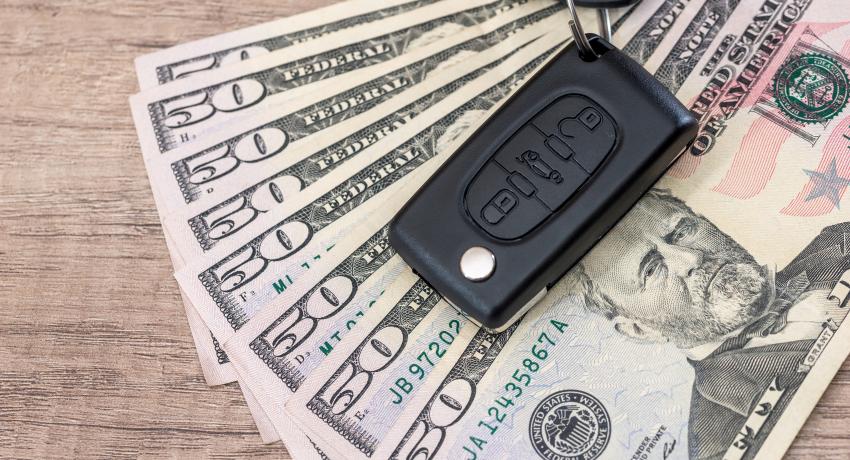
How to Save Money to Buy a Car
Saving money ahead of time can help make your new vehicle purchase more affordable. With the money you save, making a down payment will reduce the total amount you’ll need to borrow. You’ll also have a lower monthly auto loan payment, and you’ll spend less on interest over the life of the loan. Here are a few easy steps you can take to save up money for a down payment on your new car.
Create a budget
Before you start saving up for your new car, you need to determine how much you can comfortably afford. Taking a look at your monthly budget is a good place to start. By knowing how much you’re currently spending on all your monthly expenses, you’ll have a better idea of how much money you have left over to save for your new car. When making a budget, you can use the 50/30/20 rule. Set aside 50 percent of your budget for your needs. This would include expenses like rent, mortgage, groceries, utilities, etc. Set aside 30 percent for wants. For example, things like a vacation or a night out for dinner and a movie. The remaining 20 percent should be set aside for savings. This is where you want to factor in anything you want to save for like retirement or a down payment for your new car. Here are some additional tips for how to create a budget. You can also use our online money management tool, My Financial Partner to help you establish and stick to a realistic budget. Once you know where your money is going each month, determine where you can start making spending cuts. Maybe you can start eating out less or forgo the expensive vacation you were planning. By working out your budget and finding ways to reduce your monthly spending, you can start setting aside more money for your car’s down payment.
Determine what you can spend
Now that you’ve reviewed your budget, you should have a better idea of how much you can afford monthly for your car payment. First, you’ll want to start researching vehicle costs to determine your price range. You can use our online auto loan calculator to put in the price of a vehicle, value of your trade-in and your down payment amount to estimate how much your monthly auto loan payment would be. If your budget allows, financial experts recommend making a 20 percent down payment on a new vehicle or 10 percent for a used vehicle. For example, a 20 percent down payment for a new vehicle costing $60,000 would be $12,000. A 10 percent down payment for a used vehicle costing $20,000 would be $4,000. Making a down payment not only lowers the total loan amount on your car loan, but it may also help you get a better loan rate and/or term, which can also help lower your monthly payment.
Factor in additional costs
There other factors to consider when saving to buy a car. In addition to thinking about how much you can afford on your monthly payment, you’ll need to consider the cost for car insurance, fuel and vehicle registration. These costs can vary depending on the vehicle you buy, so it’s important to do your research before making your purchase.
Open up a savings account
Once you’ve figured out your savings goal, open a savings account and set up your direct deposit bi-weekly or monthly. If you set up a separate savings account specifically for your down payment, you’ll be less likely to spend the money elsewhere. If you don’t setup direct deposit, be sure to make regular deposits to your savings account. You can even set up automatic transfers from your checking account to make sure you don’t forget.
By creating a budget and determining what you can comfortably afford, you’ll be able to save up for a down payment to lower your monthly auto loan payment.









